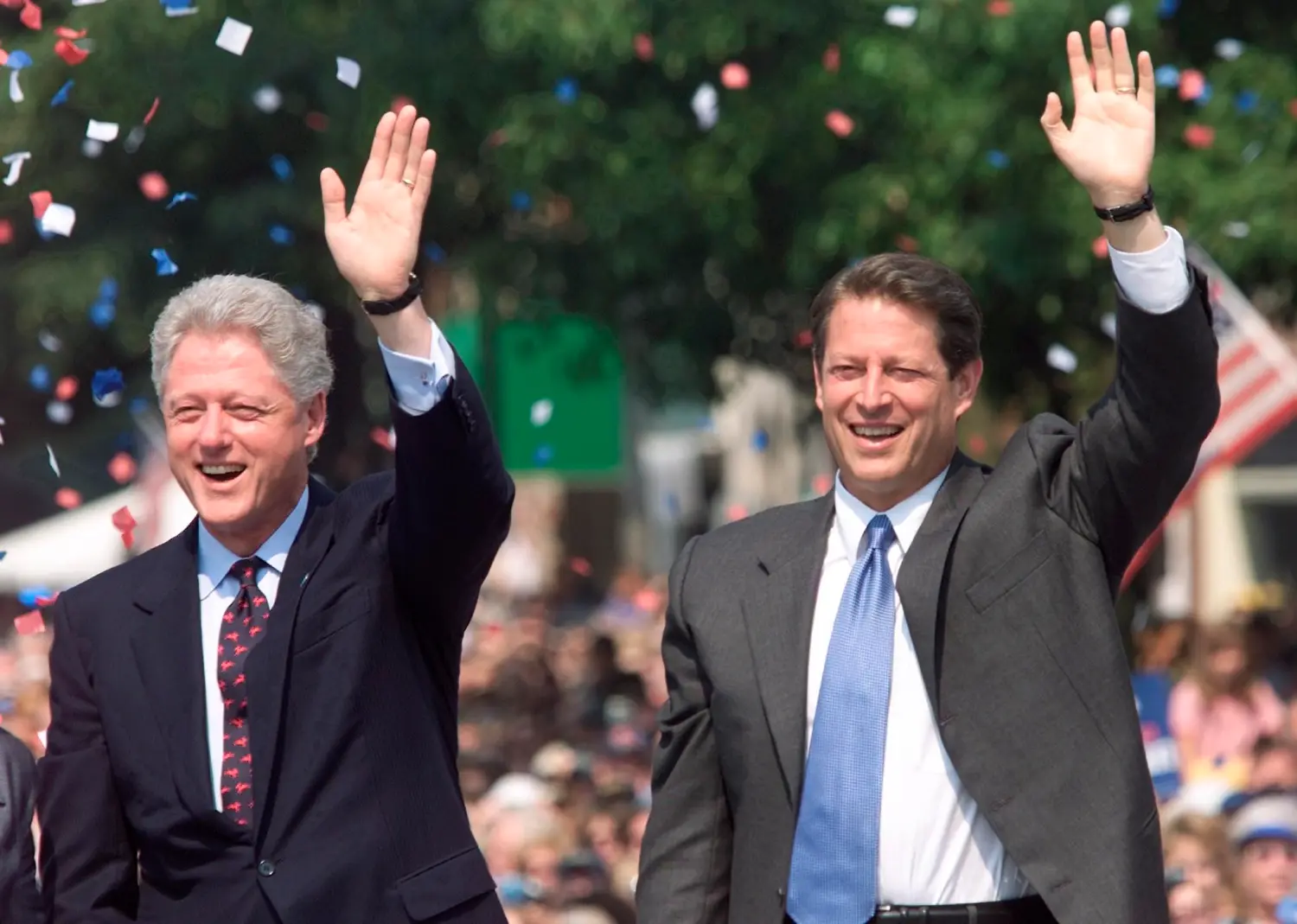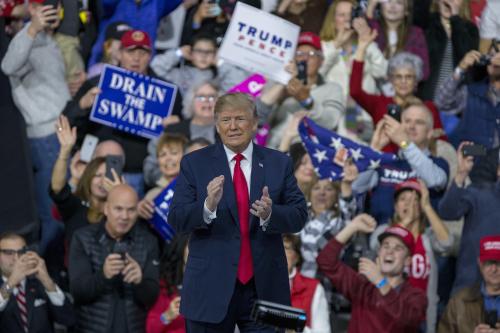From the beginning of the 19th century until the very end of the 20th century, most vice presidents were chosen to “balance” their party’s ticket. The balance in question could be geographic—a northern presidential candidate like John F. Kennedy of Massachusetts picking a southerner like Lyndon B. Johnson—or it could be ideological—as when Governor Jimmy Carter, a southern conservative picked Walter Mondale, a northern liberal. That changed dramatically when candidate Bill Clinton selected Senator Al Gore as his running mate in 1992.
In this new paper, Elaine Kamarck chronicles the many dramatic ways in which the relationship between the president and vice president has changed in recent decades. She begins by examining the traditional model of the vice presidency that dominated American politics for centuries—what she calls the “arranged marriage” model—sharing colorful examples from some of history’s most acrimonious POTUS/VPOTUS pairings.
As Kamarck clearly illustrates, the Clinton/Gore ticket and White House was instrumental in breaking the old mold of the vice presidency. Al Gore was given unprecedented levels of responsibility and ownership over entire policy portfolios, from U.S.-Russian relations to the 1996 Telecommunications Act.
In the decades since Bill Clinton and Al Gore took office, the “partnership” model of the vice presidency has gained momentum, with Vice Presidents Cheney and Biden serving essential roles in the White House. Furthermore, this paper demonstrates that “balanced” campaign tickets have been unsuccessful in every presidential election since 1992. Thus, Kamarck contends, “For the foreseeable future, the partnership model in the vice presidency will prevail, continuing to make the office into much more than it ever was.”




